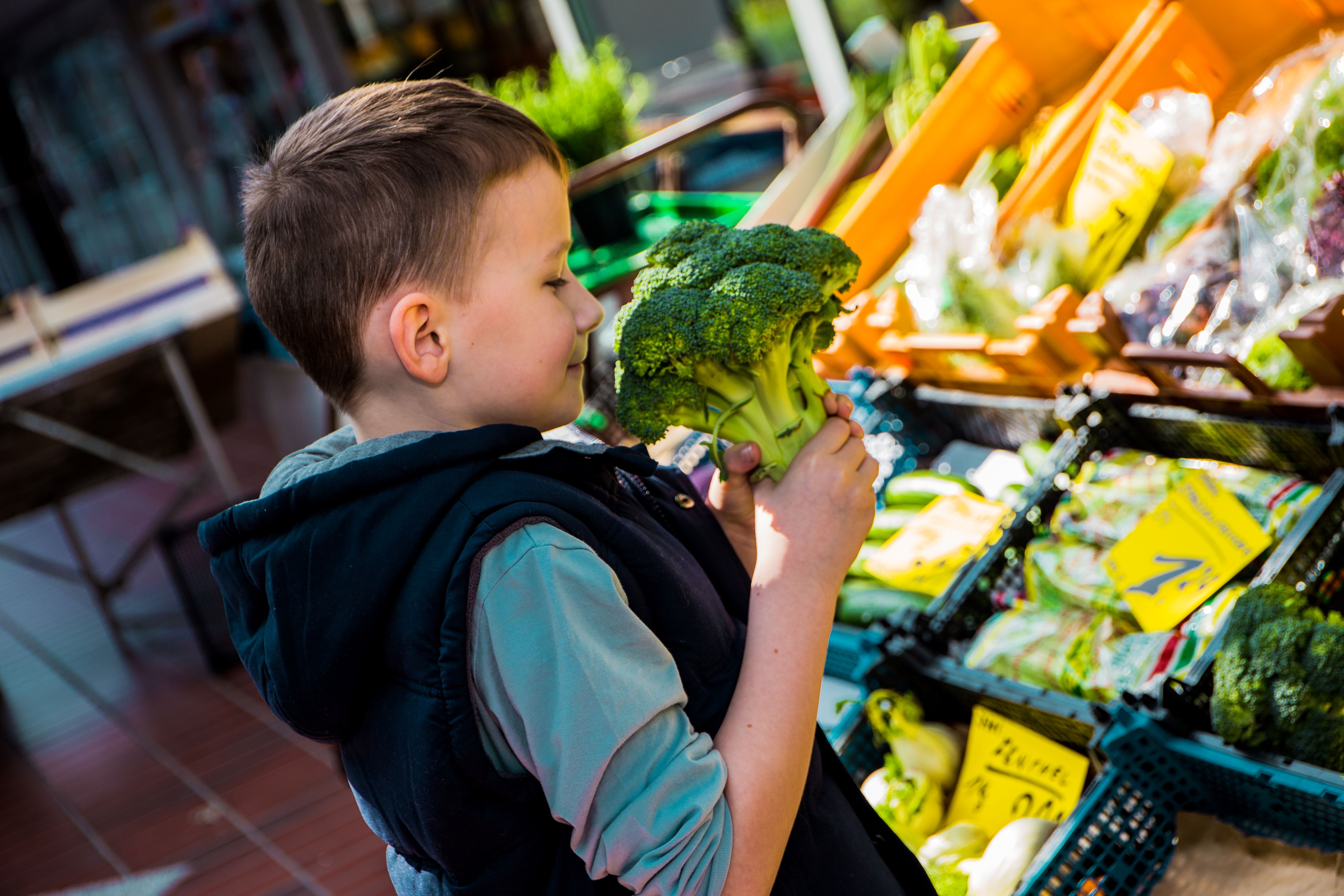Top Five Tips for Improving Picky Eating

Welcome back to our Top 5 Parenting Series. The previous posts in this series include ‘Top 5 Rainy Day Ideas for Parents’, ‘Top 5 Tips for Creating Better Sleep for Your Child’, and ‘Top 5 Tips for Raising Independent Children’. In this post, our fourth post in the series, we will explore tips for helping expand your child’s palate.
As a registered and licensed dietitian with over a decade of experience in working with individuals and families in education, I am well versed in working with ‘picky eaters’. Picky eating is a common issue among children and adults alike. It can be challenging to encourage someone to try new foods, but there are ways to help improve picky eating habits. With patience and persistence, individuals can learn to expand their palates and enjoy a variety of nutritious foods. In this article, we will explore five strategies for overcoming picky eating in children while building a healthy relationship with food.
- Remove the pressure and make it fun

Playing with food and exploring it with your five senses can help children feel comfortable around new foods.
No one wants to be told what to do, and toddlers tend to feel like many of their decisions are made for them. Instead of pressuring your child and telling them they have to eat something, why not make it fun instead. I like to like to make food fun by encouraging children to use their five senses- eyesight, hearing, taste, touch, and smell. Take celery for example:
Eyesight- Have your child describe the celery- shape, size, and color. What do they see when they look at it? Are there any other foods that look like celery?
Touch- What does the celery feel like? Is it smooth, bumpy, soft, hard? You have to touch food to taste it so this is a great step toward trying it!
Smell- What does celery smell like? Are there other foods you can think of that smell like that? If you child is willing to smell it, they are also willing to get it closer to their mouth which is a step toward eating it.
Taste- Does you child want to taste it? If not, don’t pressure. But when exploring with other senses, they may be willing to lick it.
Hearing- Think celery can’t talk? Think again! Try snapping the celery near your ear. Hear the snap? What did it say?
Having fun with the food allows their creativity to come into play, and when you are having fun with your children with food, the pressure starts to evaporate.
- Get kids involved in meal planning and shopping

Getting your child involved with meal planning and grocery shopping can get them excited about mealtime and eating.
Some children struggle with the element of surprise at mealtime. Allowing your child the opportunity to partake in meal planning can reduce some of their mealtime anxiety because they know what to expect. Get your child involved in meal planning. It might look something like this- “Hey Susie, on Tuesday we are going to have chicken parmesan with pasta. Is there a vegetable you would like to have with that?” This allows your child the chance to have some say but within the boundaries of a structured meal.
Not only can your little one help with meal planning, but they can also help with grocery shopping at the store too. It might look something like this: “Hey Johnny, can you go pick out a bundle of broccoli for me?” In doing so, your child has just touched a food. When that broccoli is served at the table, remind them that this was the bundle of broccoli that they picked out at the store. Bonus: this exercise also helps them learn their food groups!
- Try growing your own produce

Children are more inclined to try new foods if they help grow it.
Many fruits and veggies can be grown in small pots even on a windowsill. My girls enjoy growing dwarf varieties of tomatoes and cucumbers. Depending on the age of the child, they can become involved in gardening through different ways. Small children enjoy playing in the dirt and planting seeds or small plants. Older children often times enjoy many of these same steps as well as being responsible for watering on a schedule. When children are involved in growing food and seeing where their food came from, they tend to be more interested in it and ultimately more inclined to try it.
Many herbs grow well in small pots also. Herbs can be fun foods to explore because they are so fragrant and can be used in a variety of ways. An article on EatRight.org discusses getting children involved in gardening. It also addresses growing herbs with children. “Herbs are perhaps the easiest plants to grow and can be a good place to start to interest kids in gardening. Herbs usually grow easily, so you'll probably have more than enough.”1
- Lower your expectations of what your child should eat

Relaxing yourself around food can help your child become more relaxed and melt away some of the mealtime tension.
We all dream of having children who eat fruits and veggies without complaining. The reality is that is almost never the case. Around age 4 and 5 children begin asserting their independence with food. Many parents report around this age is when ‘picky eating’ became more of a challenge. Lower your expectations! It is completely normal for children to begin rejecting previously enjoyed foods. Just as our taste buds change as adults, our children have changing taste buds as well. There are foods we likely enjoyed a year or two ago that we don’t enjoy as much anymore. A healthy relationship with food doesn’t mean your child will eat adult size servings of every food offered. A healthy relationship with food will vary from child to child but will often mean that your child enjoys a variety of nutrient dense foods and is able to navigate their hunger cues or in other words- eat when they are hungry and stop when they are full.
- Eat as a family

Eating as a family has many benefits including help your child build a healthy relationship with food.
Family style meals with passed dishes and lots of conversation are truly hard to beat! As a working parent with children involved in many different activities, I realize that eating as a family is sometimes a dream. However, trying to sit down as a family and eat together as often as possible has many benefits to children. Eating as a family helps your child learn what balanced meals look like, and they are often exposed to foods at meals that they may not pick if left to make their own meal time decisions. Keep in mind also that children want to be like their parents. At family meals, they are given the opportunity to see parents and grandparents eating a variety of foods including fruits and veggies within a balanced meal. With this example, your child may be inclined to try something because they saw another adult eat it and enjoy it.
Another benefit of family meals beyond picky eating is that these meals contribute to a child’s overall wellbeing. As an article on Stanford Medicine’s website states “Dinner is a perfect opportunity to build self-esteem in children. By listening to what children have to say, you are saying, "I value what you do; I respect who you are and what you're doing; what you do is important to me."2 Eating together as a family is a great way to build confidence and social and emotional skills.
Do you have a picky eater at home? We’d love to hear how you navigate the challenges of a child who is still learning to enjoy a variety of foods.
Sources:
- Moore, Marisa, and Esther Ellis. “Kids in the Garden Nutritious and Fun.” Academy of Nutrition and Dietetics, 14 Apr. 2022, www.eatright.org/food/planning/food-security-and-sustainability/kids-in-the-garden-nutritious-and-fun.
- “Stanford Medicine Children’s Health.” Stanford Medicine Children’s Health - Lucile Packard Children’s Hospital Stanford, www.stanfordchildrens.org/en/topic/default?id=why-the-family-meal-is-important-1-701. Accessed 19 May 2023.

